Samsung Galaxy watch 4 review: The best Android smartwatch just got better, but can it beat Apple?
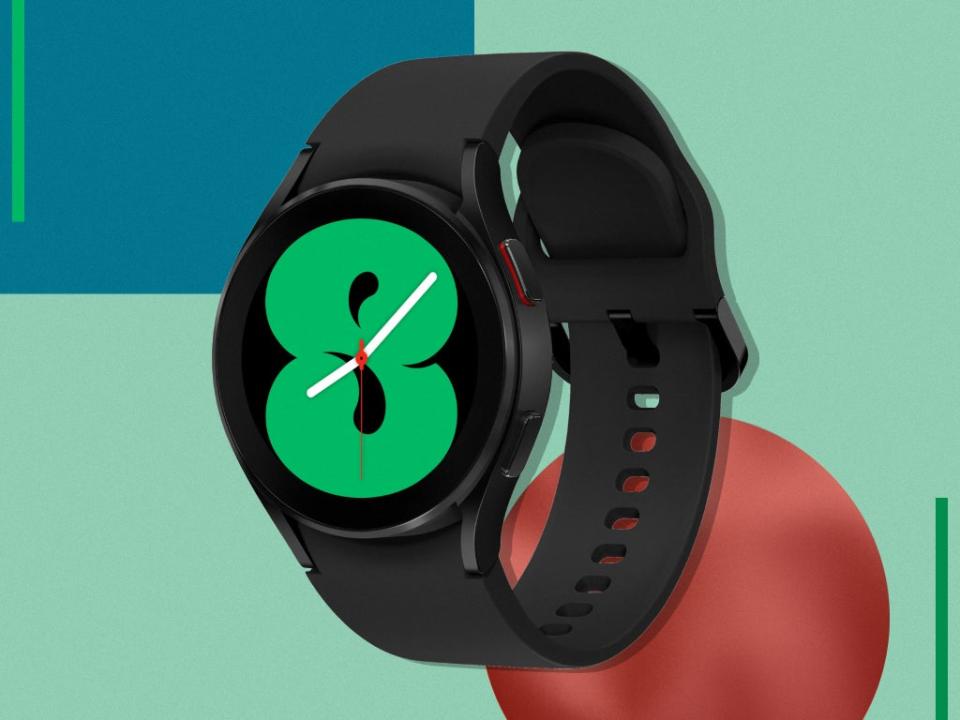
Launched today, the Samsung Galaxy watch 4 hopes to become the smartwatch of choice for anyone with an Android phone.
For years, iPhone owners have had an enviously simple choice when it comes to picking a smartwatch. Apple has its own dedicated, do-it-all wearable in the Apple Watch, while Android has been half-served by a disjointed parade of Fitbits, Fossils and Garmins.
There was hope of something approaching an “official” Android smartwatch earlier this year, when Google announced it was working with Samsung to develop its newest Samsung Galaxy watch.
So here it is: it’s built by Samsung, but runs on Google’s superior Wear OS software, rather than Samsung’s Tizen system. It’s only compatible with Android devices too – iPhone users don’t get a look in, even if they want to.
This is a best of both worlds deal: you get all of the third-party Google Play apps and functionality you need on a watch – Google Maps, Spotify and Strava – on a smart and sophisticated looking device that’s a joy to use and comfortable to wear around the clock.
So, is this Google’s answer to the Apple Watch?
Read more:
How we tested
We’ve been wearing the Samsung Galaxy watch 4 around the clock ahead of launch day. We tried the smartwatch with both a Pixel 5 and a Samsung Galaxy S21 phone, and tracked several of the most common workout types. We tested the device over repeated running and walking activities, as well as stationary exercises, using Samsung Health and Strava to record our results. On runs we wore a second fitness tracker – specifically the Withings Scanwatch – to compare results and gauge relative accuracy.
The accuracy of other health tracking features of the watch, such as body composition measurements, were estimated using existing fitness tracking tools. The Galaxy watch 4 was worn while sleeping, and we conducted a series of basic functionality tests including sending messages, taking calls and controlling media.
Samsung Galaxy watch 4 (44mm): £269, Argos.com

Pros:
Excellent design
Fast performance
Comprehensive health tracking
Better app support
Cons:
Disappointing battery life
Tied to Samsung Health
The Galaxy watch 4 is an outstanding smartwatch. The design iterates on previous generations, with a sleek, streamlined aesthetic, neat tuck-away strap, and a large round face as opposed to the more techy-looking square screens seen on the Apple Watch. The Galaxy watch 4 looks just as good drenched in sweat on your wrist at the gym as it does peeking out from beneath your shirt cuff at the ambassador’s reception.
The intensity and colour tint of the OLED touchscreen adjusts to suit ambient light levels, becoming subtly brighter in sunlight and dimming as you go indoors. Not only does this keep the display readable, but natural looking too. By default, the screen conserves battery power by only switching on when you raise your wrist, but set it to “always on” and the Galaxy watch 4 could almost pass as a regular wristwatch.

The case has two physical buttons, one that sends you to the home screen (your chosen watchface by default) and another that takes you back to the previous menu screen. Tapping and swiping on the screen also controls navigation, scrolls through your widgets, opens the app tray, expands notifications and accesses the settings menu.
Read more: Samsung Galaxy Z fold 3 review
After some getting used to, it’s simple enough to respond to WhatsApp messages and other notifications right on the watch. Google’s suggested responses – those one-click replies under emails and notifications on Android – really come into their own on a smartwatch.
The large display means typing is technically possible by sketching out individual letters, but you can speak your response out loud, or tap a button to instantly send the notification to your phone to reply to it there. All this might sound obvious, but these are simple things that most smartwatches get wrong out of the gate.
It’s worth reiterating the exceptional build-quality, ease of use and speedy software of the Galaxy watch 4. The touchscreen is responsive and the display is smooth, zippy and lag-free – this is an immediately intuitive and enjoyable smartwatch to use.
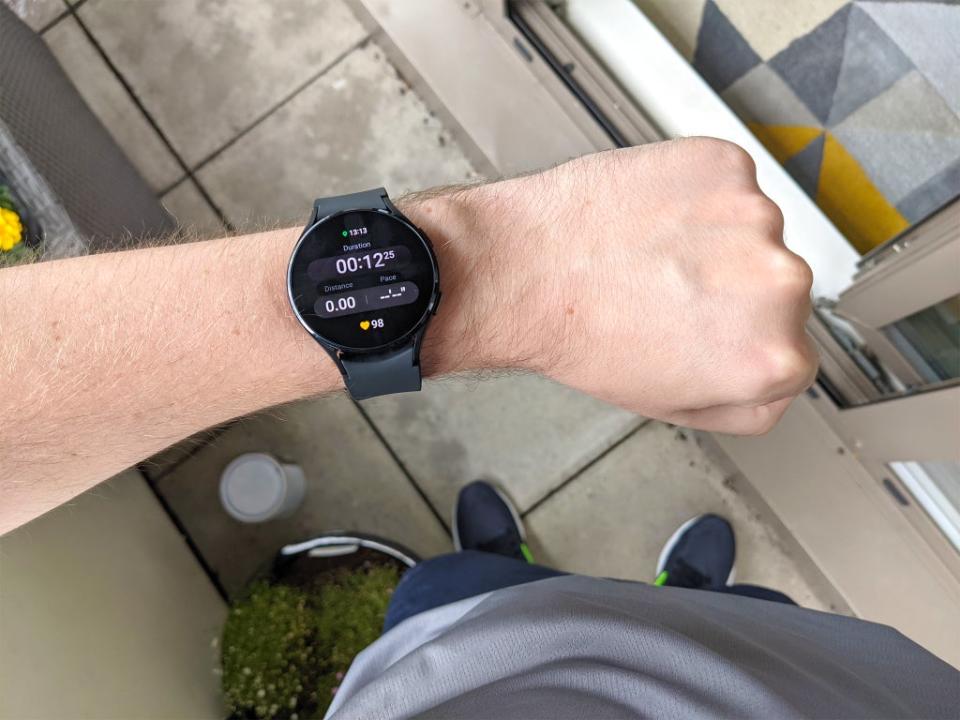
What does the Samsung Galaxy watch 4 do that previous watches couldn’t? Most of the focus this time has been on improving health tracking. Samsung’s new wearable keeps tabs on your basic daily metrics – your heart rate and step count – but can also incorporate blood oxygen levels (an indicator of overall fitness) when analysing workouts, or even listen out for snoring and other disturbances while you sleep.
Read more: 12 best Bluetooth speakers for every budget: Portable, wireless and waterproof
One major upgrade is the “bioelectrical impedance analysis” which is designed to measure body composition by running an imperceptible electrical signal through your insides. This technology is found in many gyms and in some smart weighing scales, and introduces an extra dimension to simple weight tracking.
Rather than considering your overall weight, you see a more detailed breakdown of the ratio of muscle, fat, bone and water in your body. This is especially helpful for weight training and tracking muscle gain, situations where your apparent weight can remain stable while your actual body shape is changing.
In testing, we found the body composition readings on the Galaxy watch 4 to be wildly different to those given by the Withings Body+ smart weighing scales (£71.95, Amazon.co.uk). Body fat percentage measurements on the watch were seven percent higher than on the scales, and varied by as much as half a percent between readings taken just minutes apart.
Without popping for a full medical exam it’s impossible to know which device is giving the most accurate readings here, but in either case it’s clear that body composition tracking is a blunt tool on the Galaxy watch 4.
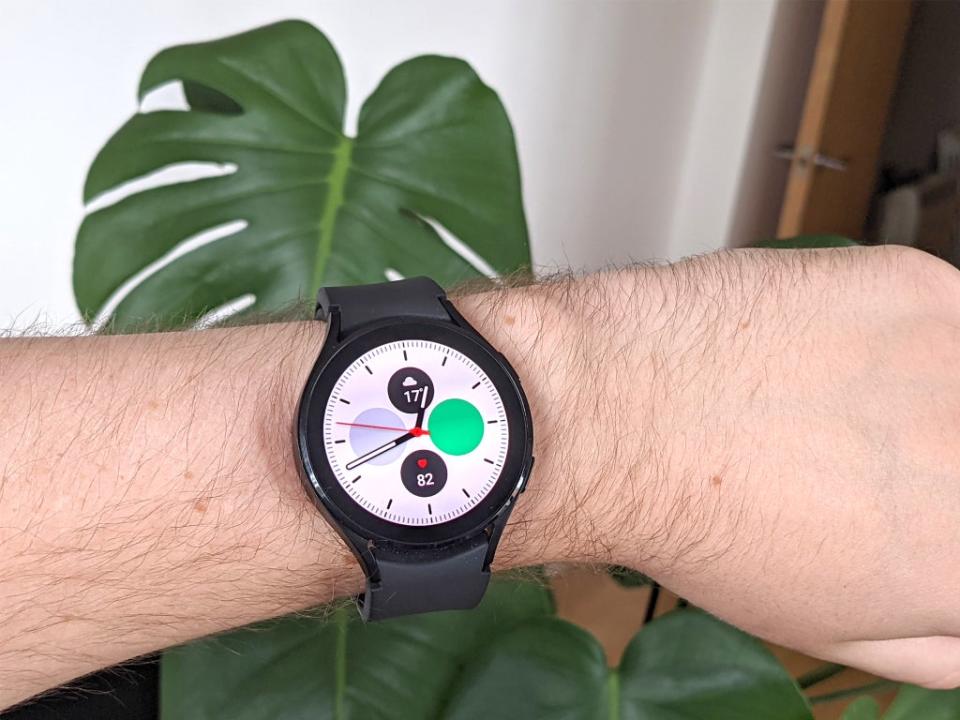
If you have a Samsung phone – and only if you have a Samsung phone – the Galaxy watch 4 can also track blood pressure and use an electrocardiogram to record the faint electrical signal of your heart and check for potential issues. Some of this information is genuinely helpful when keeping fit – especially early on when you’re graphing noticeable improvements to your performance. But for most users, this kind of bells-and-whistles health tracking isn’t actually useful, and in some cases potentially even harmful to obsess over. But the data is there if you know how to interpret it.
Read more: Beoplay EQ review: Premium noise-cancelling earbuds from B&O
Knowing that some Galaxy watch 4 features are only accessible on Samsung smartphones takes the shine off for other Android users. While the Galaxy watch 4 is technically running on Google’s software, this isn’t the egalitarian Android smartwatch we were hoping for.
In many areas it feels like we’re still trapped in Samsung’s ecosystem of first-party apps. For example, whether you like it or not, all of your health data ends up exclusively inside the Samsung Health app, rather than in Google Fit or your preferred health hub.
Right now, that data can’t be easily exported from Samsung Health back into Google Fit. This forces users to make Samsung their primary health dashboard if they want to use the Galaxy watch 4 as their fitness tracker, which potentially means abandoning years of existing Google Fit data.
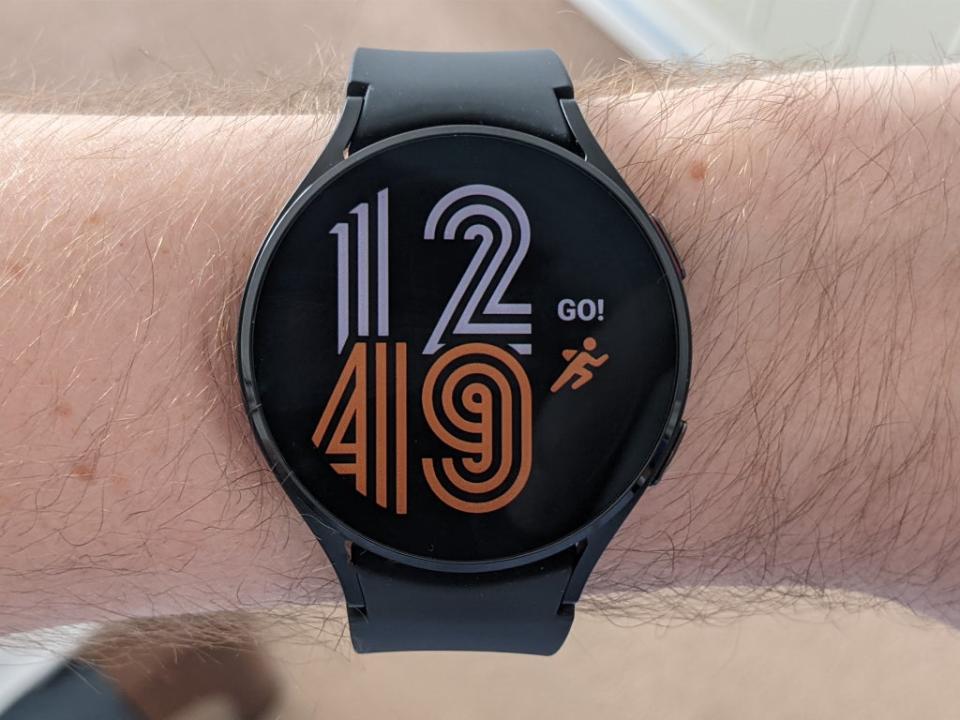
In other areas, Samsung has relinquished a degree of choice back to users. You can switch from Samsung Pay to Google Pay if you prefer, and there’s even a setting to ditch Bixby (Samsung’s maligned voice assistant) for your preferred digital helper, though currently no others are supported. The option to choose at least bodes well that the Galaxy watch 4 won’t be quite as limited to Samsung’s own software as previous generations.
Read more: 7 best VPN services for streaming and torrenting securely
Battery life on the Samsung Galaxy watch 4 suffers if you activate the full suite of features. If you choose to track your heart rate continuously, measure your blood oxygen levels and snoring disturbances as you sleep, and you work out regularly, expect the battery to last a day and a half.
Recharging from flat takes two hours too, which is a huge chunk of time to not be wearing your fancy new smartwatch. Its battery life is that of a device designed to be charged overnight, which is at odds with the array of sleep tracking features they’ve crammed into the thing.
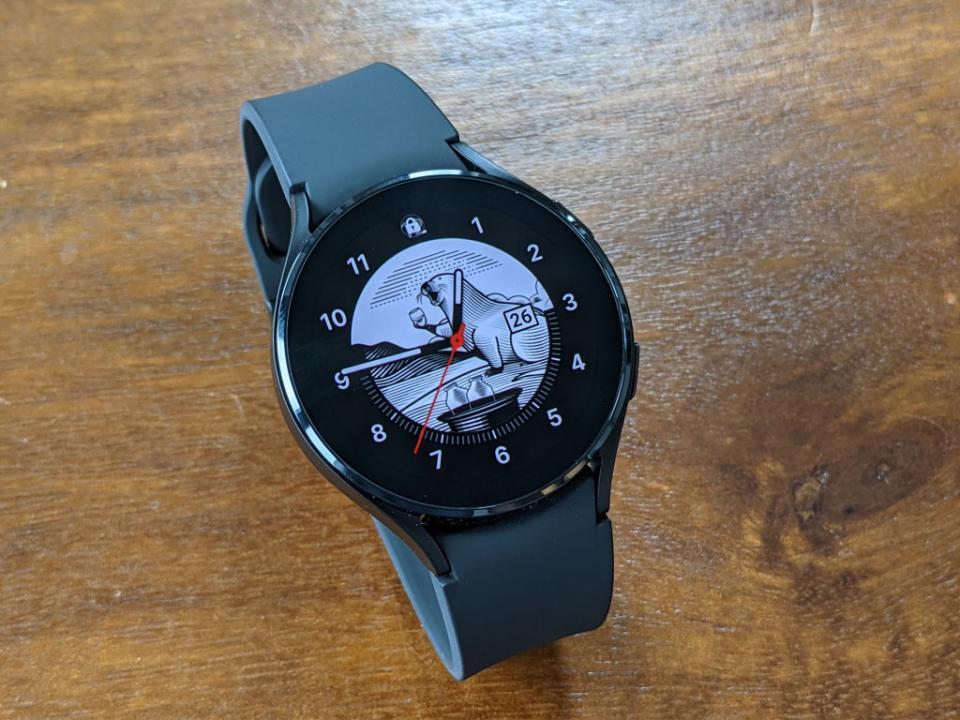
Be more frugal with these features and you can extend the battery life to more practical levels. The watch can intelligently reduce the frequency of heart rate checks based on what you’re doing: dropping to once every ten minutes when you’re sitting on your bum doing nothing, but switching to constant measurements when it senses that you’ve started walking or running. You also eventually tire of recording your own snoring – switching that novelty feature off leaves you with significantly more battery life (and less embarrassment) at the start of your day.
The verdict: Samsung Galaxy watch 4
Battery concerns notwithstanding, if you own an Android phone – especially a Samsung phone – the Samsung Galaxy watch 4 is the best smartwatch you can buy right now. Elegantly designed, powerful, and powered by Google’s revived Wear OS software, it marks a revival of the Android wearable scene.
Samsung Galaxy watch 4 (44mm)
Buy now £269.00, Argos.co.uk
Voucher codes
For the latest discounts on wearables and other tech offers, try the links below:
Looking for more top-rated tech? Check out our round-up of the best wireless headphones in 2021

 Yahoo Finance
Yahoo Finance 